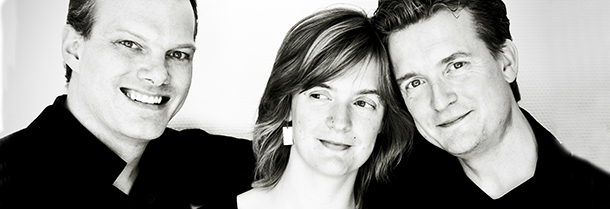Tag: Tanja Tetzlaff
-

PROGRAM NOTES: TETZLAFF-TETZLAFF-VOGT TRIO
Wolfgang Amadeus Mozart Piano Trio No. 1 in B-flat Major K 502 The piano trio developed out of the ‘accompanied’ keyboard sonata, a makeshift compositional genre that attempted to compensate for the weak ‘tinkly’ tone of the early fortepiano (forerunner of the modern pianoforte) by the addition of a violin to reinforce the singing line…

